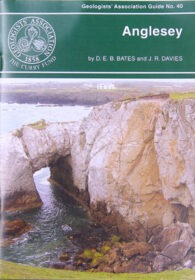In recent years, there has been a lot written on the fossils of the UK Chalk. However, this guide was the first and is still probably the best for identifying and learning about the fossils that can be found in the chalk cliffs and pits of the UK.
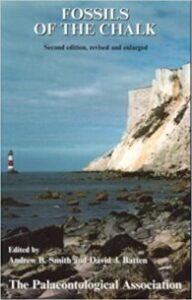

In recent years, there has been a lot written on the fossils of the UK Chalk. However, this guide was the first and is still probably the best for identifying and learning about the fossils that can be found in the chalk cliffs and pits of the UK.

In recent years, the Jurassic Coast Trust really has produced some great books and I have had the privilege of reviewing quite a number of them. These two companion books are intended as walking guides to the World Heritage Site – the so-called ‘Jurassic Coast’ – and the first covers the western limb from Orcombe Point to the Fleet, while the second deals with the eastern part, from Portland to Studland.
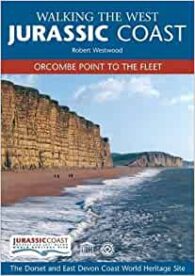
Scotland has been the source of many important fossil discoveries, from the first ever soft body parts of the conodont animal, to Devonian fishes and early tetrapods. Yet, apart from a few very good books, there is next to nothing on the fossils that can be found here. Therefore, this little book comes as a welcome addition to this otherwise barren literary scene.
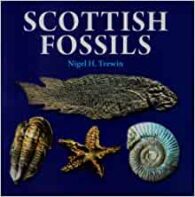
Like the book, Applications of Palaeontology: Techniques and Case Studies, this book is not for the casual fossil collector. Rather it is for the student, academic, oil industry professional or the more dedicated amateur collector.
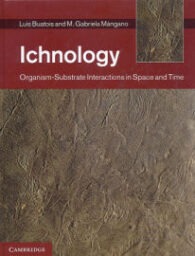
The Geologists’ Association has produced yet another great guide, this time on the geology of Wales. However, this is a slightly different beast from most of their other publications. As is always the case with this excellent series of guides, the book describes the geology of different sites capable of being visited. However, this time, the conceit is that visiting the locations is assumed to be by car.
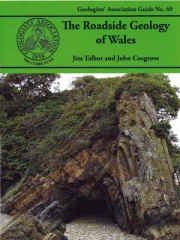
I don’t normally review BGS memoirs – they are excellent publications, but largely written for the professional or the seriously committed amateur geologist. (I have to admit to owning several, which cover my favourite fossil collecting areas of the UK.) However, this one is a ‘Special Memoir’ that I am quite willing to make an exception for.
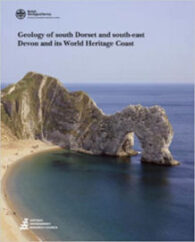
This is a brief guide explaining how the reader may collect meaningful data at outcrop level and make provisional identifications of common lithologies. It is not intended as a comprehensive field geology textbook and assumes that readers have already studied geological theory (and, as such, is probably most useful of the undergraduate, but could be interesting for anyone interested in geology).
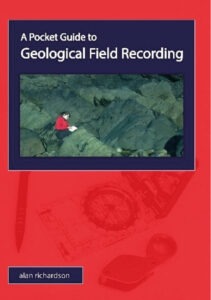
The British upper Ordovician has a spectacular variety of invertebrate fossils. The marine communities in which they lived developed on a number of microcontintents and terranes, associated with tectonically active areas of the Earth’s crust.
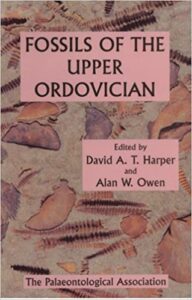
This is an odd, but nice little book, covering the geology of the Craven Lowlands, an that area is somewhat ignored, geologically. This may be true and, as much of this area is covered by Areas of Outstanding Natural Beauty, it therefore seems a great area for a geologically minded to go to for a holiday.
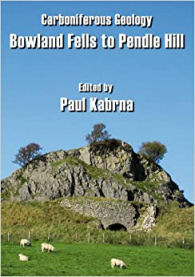
The Caithness area of Scotland is important for its geology, but is also well known for its palaeontology. The Caithness Flagstones are famous for fossil fish and the Helmsdale Fault for the Helmsdale Boulder Beds deposit, beside an active submarine fault scarp. The area even once had its own ‘gold rush’ and you can still try your luck at panning there today at Kildonan.
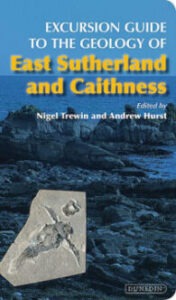
I suspect that many people who visit this website do so because of their amateur love of fossils and geology. They are interested in geology and palaeontology only on a curious level. However, there are no doubt some – perhaps at university or have just left tertiary education – who are currently wondering whether their interest in fossils can be used for more remunerative purposes.
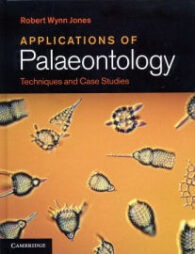
Fossils of the Rhaetian Penarth Group was the ninth published by PalAss and covers the eponymous Rhaetian Penarth Group, which includes the former Westbury Beds, Cotham Beds and White Lias.
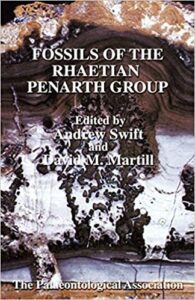
I love both the Yorkshire coast and its Jurassic fossil flora. I have used this guide many times, while ambling around looking for fossil plants.
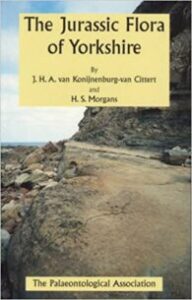
This is a charming little book, which describes itself as an “admittedly idiosyncratic compendium of [geological] words and phrases chosen because they are portals into larger stories”. It succeeds brilliantly at its professed goal, combining a great deal of information, education, and a gentle sense of fun, brought out very nicely by some attractive and humorous illustrations.
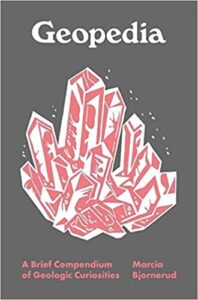
Once upon a time, I would have said that the only reason to buy this sort of guide is to look at the (black and white) photos of dinosaurs and their bones, and learn about the terrestrial life of what is now the Isle of Wight. However, this is obviously wrong. Of course it is possible for amateurs, as well as professionals, to find dinosaur bones on the beaches of the island.
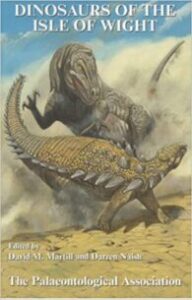
I have learned to like amber and this certainly isn’t the first book on the subject I have reviewed. I make no apologies – it’s a fascinating subject. However, if you like fossils in amber, you should definitely get this book. But, if you don’t like creepy-crawlies, perhaps you shouldn’t – as it’s the pictures that make it a resounding success.
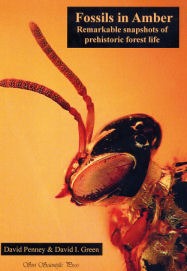
Roderick Impey Murchison must have been a remarkable man. The son of a Scottish landowner, he was one of the first people to rigorously use the principles of stratigraphy discovered by William Smith, which put him in a position to erect the Silurian system and to name about 123myrs of geological time.
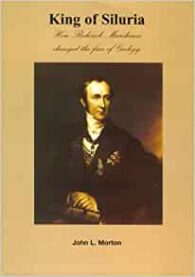
When the long awaited PalAss guide to Wealden fossil flora and fauna finally arrived, it was apparent that it was a magnificent tome. It is, by far, the most ambitious and complete of their guides, covering various vertebrate groups, together with invertebrates, plants and stratigraphical descriptions of what can be found on the coast and in the quarries of southern England and the Isle of Wight.
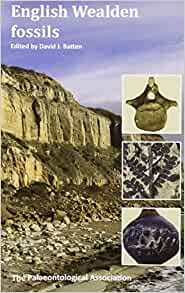
The first ever fossils I collected were from the spoils tips of the two coal mines in Aberdare, South Wales. Alas, these and most other such spoil tips have been landscaped and covered over. Clearly this was both inevitable and desirable after the closure the UK coal industry, but it is a shame for those of us who love Carboniferous Coal Measures plant fossils.
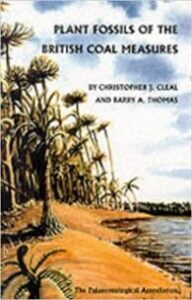
Fossils of the Oxford Clay was the fourth published guide by PalAss and covers the eponymous Jurassic Oxford Clay, which has been the major source of brick clay in the UK, notwithstanding the closures of clay pits in the Peterborough area over the years since this was published.
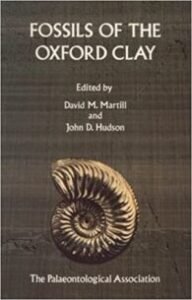
The author, John L Morton, certainly came to popular geological publishing by an interesting and circuitous route. Trained as a pilot, became the district commissioner for scouts in Horsham and, on retirement, studied a BSc in, among other things, geology. In 2001, on the strength of this book on William Smith, he was elected a Fellow of the Geological Society.
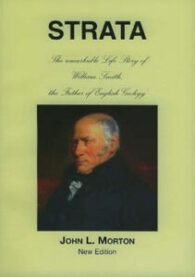
Anglesey contains a fascinating variety of rock types and geological structures, best exposed in a magnificent coastline. The bedrockgeology of Anglesey comprises a complex collage of igneous, sedimentary and metamorphic rocks that were formed between 300 and 650 million years ago.
